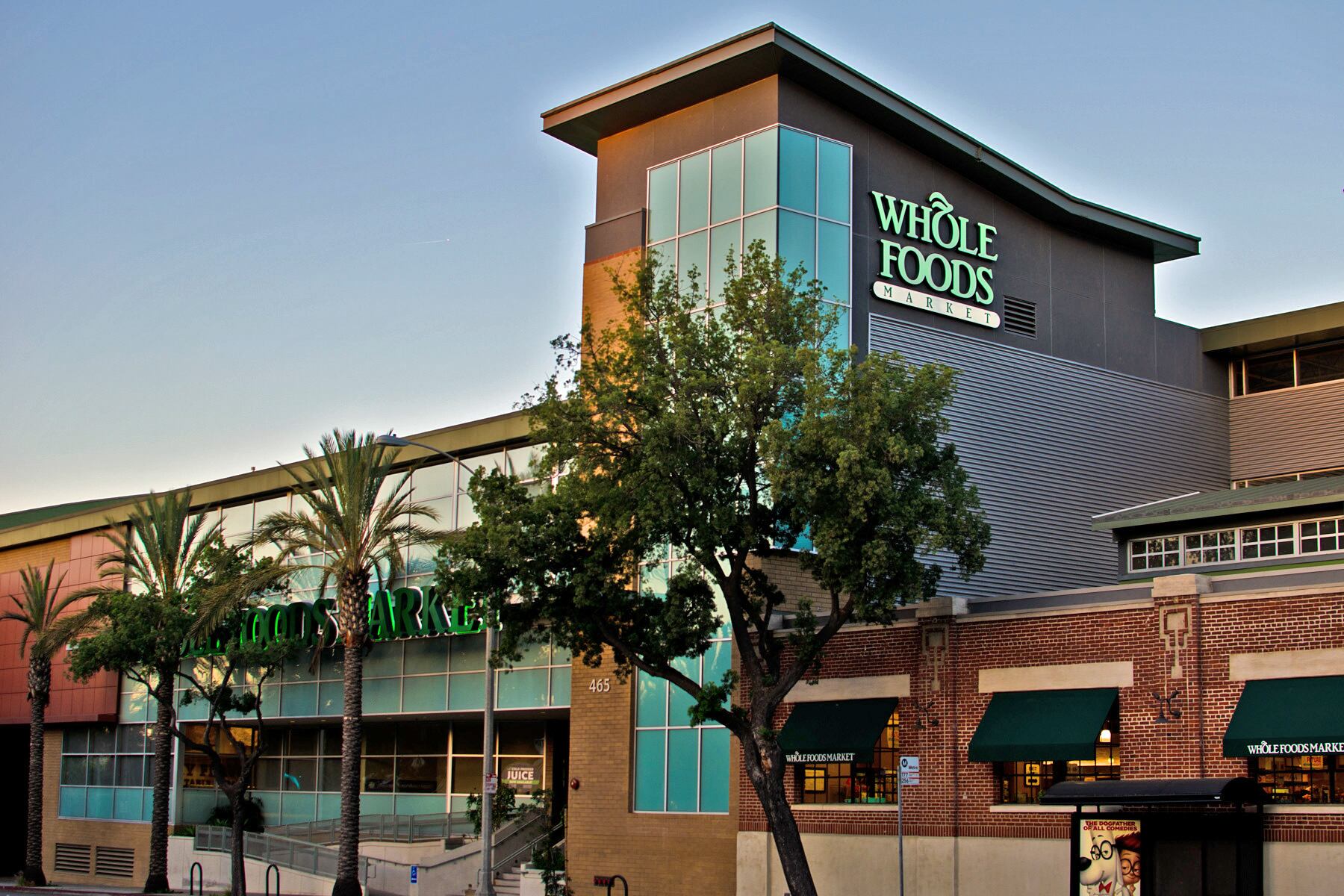The Boise, Idaho-based supermarket chain reported Monday that despite significant cost-related headwinds, its gross profit margin held steady at 28.6% in the second quarter ending Sept. 11 compared to 29% in the same period last year and 27.8% in 2019.
This reflects strong sales, including a 1.5% increase in same-store sales that exceeded Wall Street’s expectations of a 1.9% drop. Combined with a 13.8% increase in same-store sales in the second quarter of last year, Albertsons reported a two-year stacked increase of 15.3%. This helped bolster total sales, which were up 4.7% from a year ago to $16.51b – again beating analyst expectations of $15.86b.
Buoyed by these strong sales and market share gains in the food channel on a one- and two-year basis and in MULO on a two-year basis, the company raised its expected earnings per share to $2.60 from the previous estimate of 30 cents.
Price increases optimize for overall basket, shopping experience by market
Albertson’s success comes at a time when inflation is driving up production costs beyond which most manufacturers and retailers can absorb – forcing many, including Albertsons, to pass through to consumers additional expenses through multiple rounds of price increases.
However, rather than raise prices across the board according solely to higher input costs, CEO Vivek Sankaran said Albertsons takes “an incredibly surgical approach to it” that optimizes for the overall basket and shopping experience by market.
He explained that every quarter Albertsons evaluates pricing according to market-specific criteria with an eye towards growing unit and dollar share, which “gives us a good indication that the value we are providing our customers across the mix of our portfolio” meets their needs.
For example, he noted, “a big part of inflation is protein,” but “protein inflation does tend to be more cyclical,” with consumers turning easily to different options when their go-to is out of reach. As a result, he said, inflation’s impact on protein “is a very manageable part of the business, especially when we have butchers in our stores who can manage and get different choices for consumers … so consumers can always have something to pick up to meet their budget.”
The company applies this same approach to other “lightening rod products,” which Albertsons’ new CFO and president Sharon McCollam described as “products that we offer in our store that mentally customers are consistently benchmarking.”
These products vary by category and market, which requires Albertsons to keep a close watch on shifting shopper attitudes so that it can identify what alternatives to offer when and where to keep consumers engaged, their baskets affordable and gross margins where needed, Sankaran said.
“The second thing we do is manage [price] locally,” which allows Albertsons to account for competition in the immediate market, he added.
McCollam explained Albertsons does this by leveraging data and offering consumers special pricing through the company’s loyalty program, which the supermarket chain reports saw a 17% increase in members to 27.5m in the second quarter and a 9% increase in active engagement.
She added that while data shows consumers choose Albertsons for the deals it offers, the company needs to go further to keep pace with others in the industry. To that end, she said, the team will continue to look at the price gap and for ways to create “more stickiness with our customers by adjusting pricing.”
Promotions: Doing more with less
Just as Albertsons plans to become more sophisticated on pricing, Sankaran said it also is taking a more strategic approach to promotions to help manage inflationary pressures.
Like most retailers, Albertsons pulled back on promotions early in the pandemic to focus instead on keeping store shelves stocked. As it continues to navigate supply chain and inflationary challenges, Sankaran said the company will continue to offer fewer promotions than pre-pandemic, but the ones it activates will be higher quality.
“While we’re doing less promotions, we’re also doing a lot smarter with our promotions. We know which ones to do to drive traffic, which ones to do to drive margins, etc., and then a lot of that is also going digital,” he said, adding, “So, from a promotion standpoint we are so far ahead of where we were a couple of years ago.”
Consumers remain steady
Ultimately, Sankaran reassured industry analysts that the current level of inflation is still within a “manageable” range of 3-5% for a company like Albertsons -- although he expects it to continue to climb.
He also offered assurances that consumer behavior had not changed due to inflation, but rather remains elevated as most people continue to eat more at home than they did pre-pandemic.
“We have not seen a material change in customer behavior, and I think it speaks to the strength of the consumer. It speaks to the fact that they’re, in my opinion, still consuming a lot of their food at home, enjoying cooking, and so on,” he said, adding: “We don’t see their intent changing dramatically over the next several weeks and months.”




